
Speciation New species appearing over time

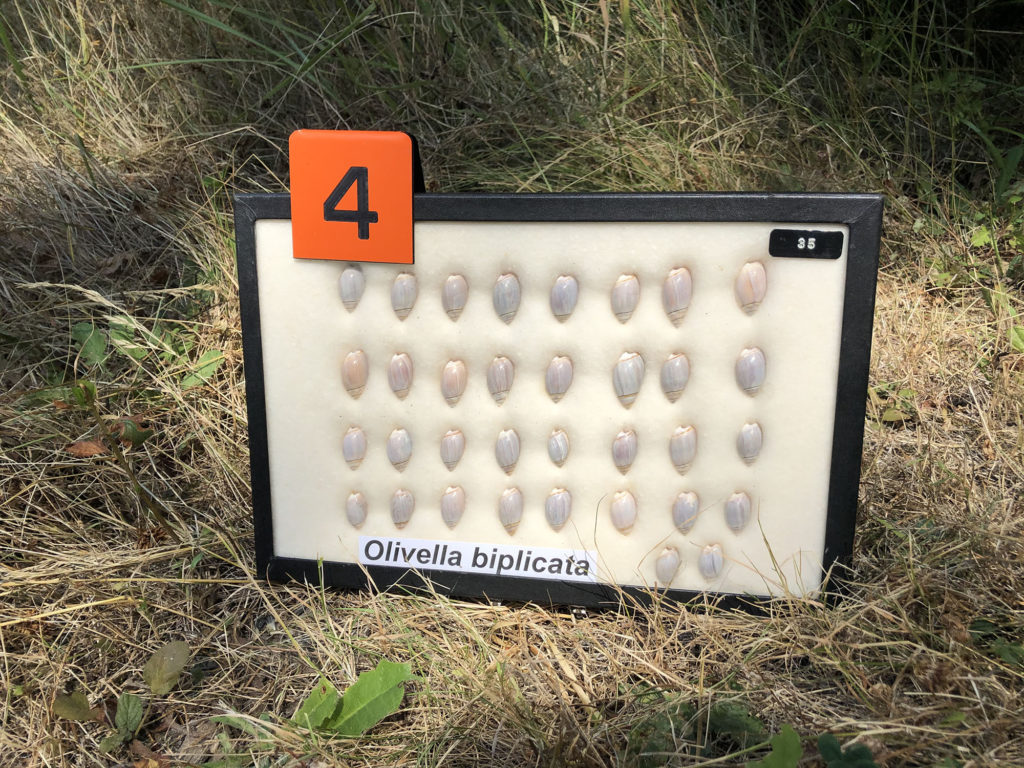
Speciation Objectives
-
Compare and contrast forms of speciation, including examples and the role of genetic analysis in tracking speciation.
-
Explain what a living fossil indicates and how the rate of change can vary in different species over time.
-
Distinguish between data, information, knowledge and wisdom and provide examples of each.

Speciation means “making species.” This section focuses on mechanisms that reproductively isolate populations, setting them on a path to speciation.
This video introduces mechanisms for species formation.
Living Fossils
Sometimes a fossil is found in deep rock strata that looks amazingly similar to a species alive on Earth today. We are taking a closer look at these “living fossils.”
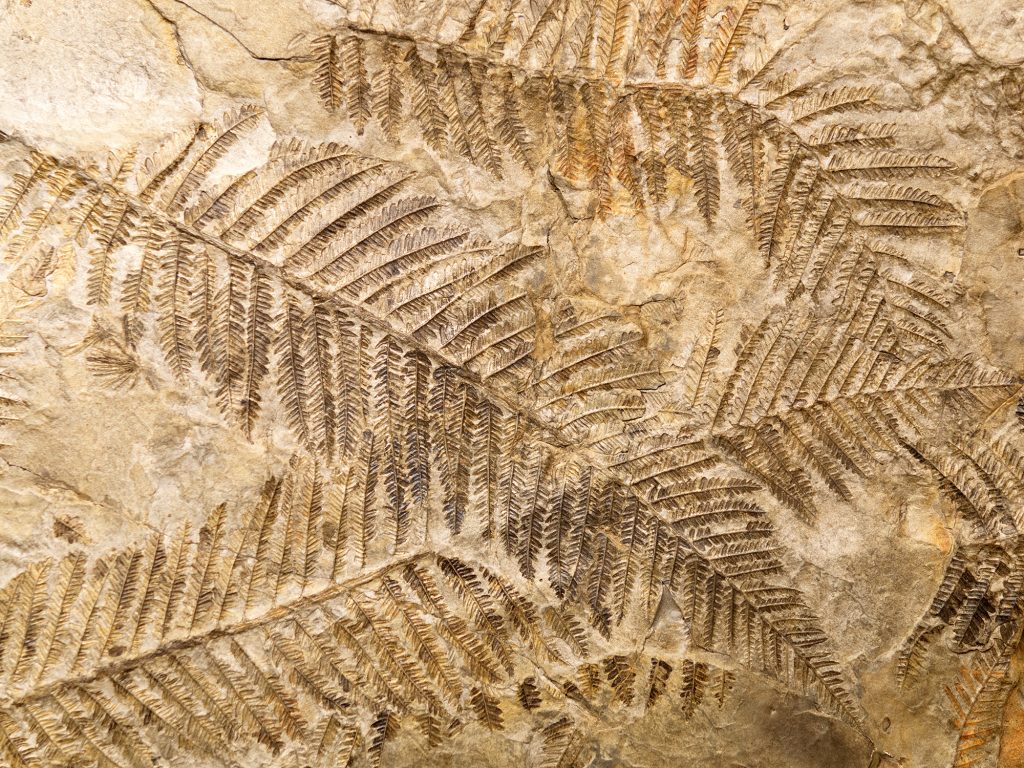
You can imagine how astonishing it would be to dig deep into the Earth and find a fossil from millions of years ago that appears strikingly similar to a species alive on Earth today. These “living fossils” are living species that are phenotypically similar to their long extinct ancestors.
This video introduces living fossils.
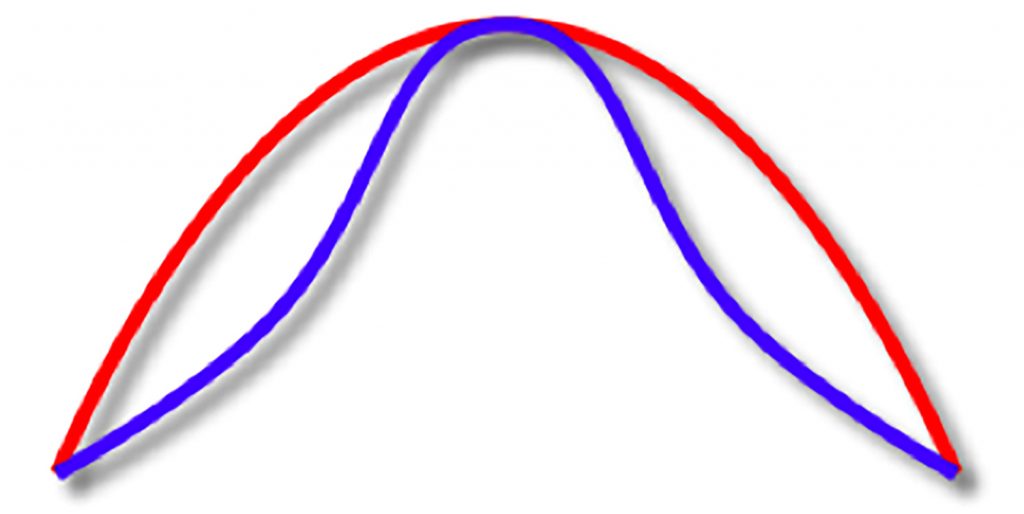
You may be wondering how a group of species could stay similar over long periods of time. One idea is “stabilizing selection,” that similar traits survive in each generation, instead of extreme traits. This make sense if habitats remain relatively unchanged over time.
In habitats with rapid changes in environmental conditions, “disruptive selection,” or survival of individuals with extremely different traits, may be favored.
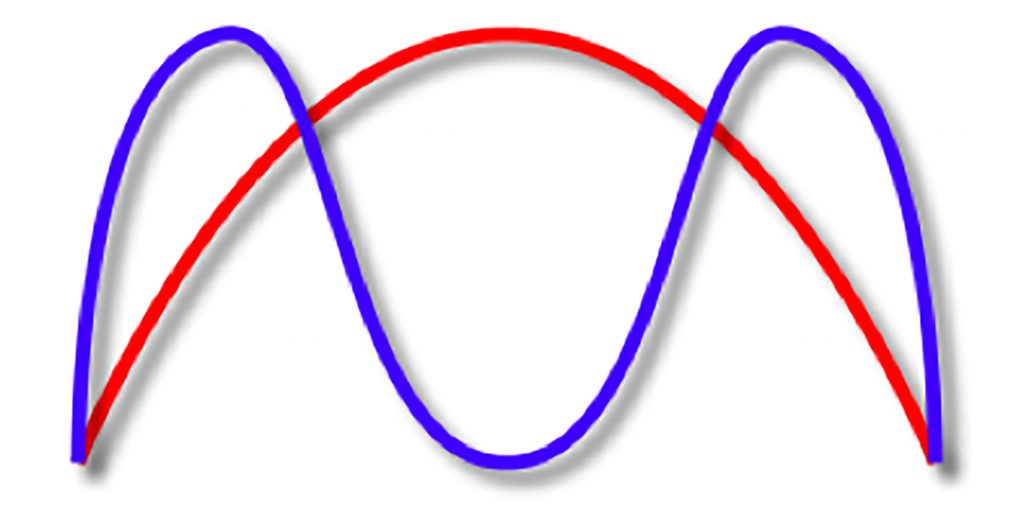
Sturgeon fish are “living fossils,” with similar extinct species 200 million years back in time.
Even though living fossil species are alive on Earth today, in some cases they were more plentiful in the past. Crinoids are echinoderm living fossils that were more common in ancient oceans.
You can actually raise your own living fossil species with Triops eggs. Extant triops species look remarkably similar to fossilized specimens from 300 million years ago.
This is the update on our triops. Triops longicaudatus is popular as a pet because it is relatively easy to hatch out, can grow quite large, and live up to three months.
Data to Wisdom
Throughout this Guide, we have had examples of science knowledge changing over time. Much of what we do in science is trying to make sense of data, transforming it into something usable and potentially predictive.

We are continually picking up raw data with our senses and processing it to see if any of it is new information, or confirms information we already have. Once processed, this information can develop into knowledge, and knowledge from multiple sources becomes the wisdom we use to make decisions.
This video defines data, information, knowledge, and wisdom.
We are continually looking for information in raw data to acquire knowledge about a situation that may develop into wisdom for future use.

Data
Data are observed facts that are unprocessed and unorganized. Data lacks context and interpretation. Examples include objects, amounts, and measurements.
Information
Information is making inferences from data, determining what is new and what confirms existing information. Information is placing data in the context of answering questions, so this is assigning purpose to the data. Information includes notes, figures, and charts.


Knowledge
Knowledge is the synthesis and structuring of information from multiple sources to develop a more complete understanding of a phenomenon. Knowledge can make information actionable, the information can be used to answer questions and solve problems. Examples of knowledge are formulas, theories, and laws.
Wisdom
Wisdom is integrating different knowledge bases and evaluating them. Wisdom is knowing what to do with the knowledge in different situations, when the knowledge is appropriate, or where more data collection is needed. Wisdom encompasses many bodies of work.

Start your second journal assignment here
Journal Page #10: Data to Wisdom
For this journal page you will be describing the process of transforming data to wisdom, including an example of the process.
First, describe in your own words what data, information, knowledge and wisdom are, and then describe the process of transforming data to wisdom using your own example. It could be something you have experienced, or an example you are creating.

You are turning in a journal page that includes:
- a description of data, information, knowledge, and wisdom.
- an example of the process of transforming data to wisdom.
This is the Geologic Time Guide content. After you check your knowledge over the material, proceed to the product page.
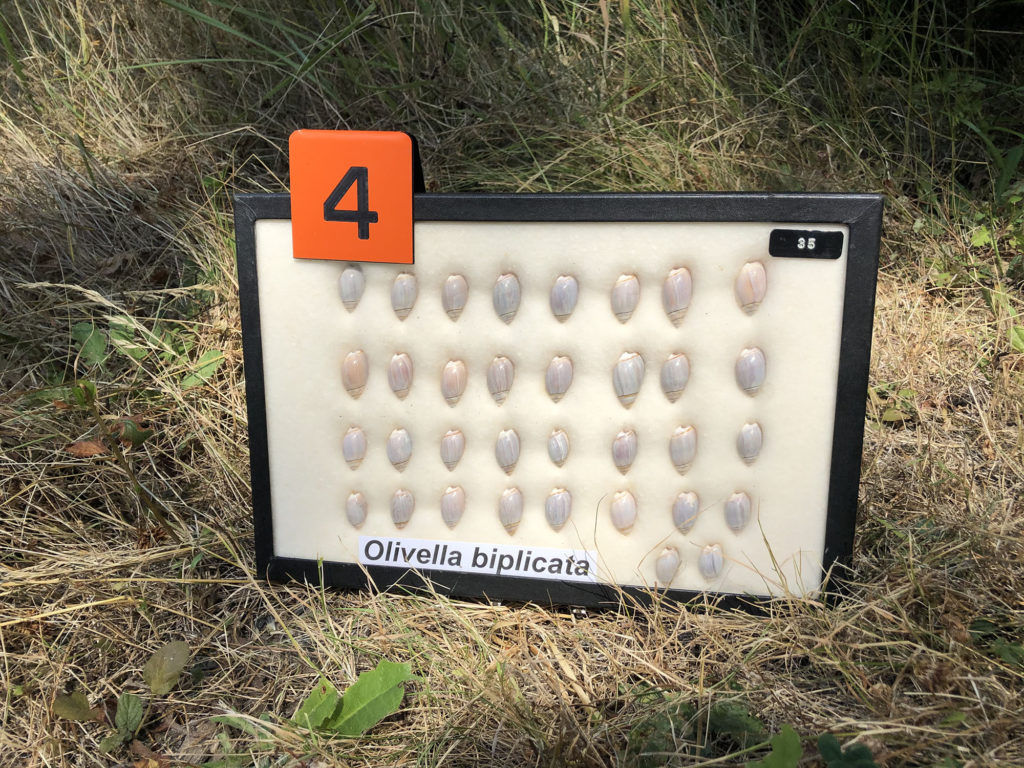
Check your knowledge. Can you:
-
compare and contrast forms of speciation, including examples and the role of genetic analysis in tracking speciation?
-
explain what a living fossil indicates and how the rate of change can vary in different species over time?
-
distinguish between data, information, knowledge and wisdom and provide examples of each?



